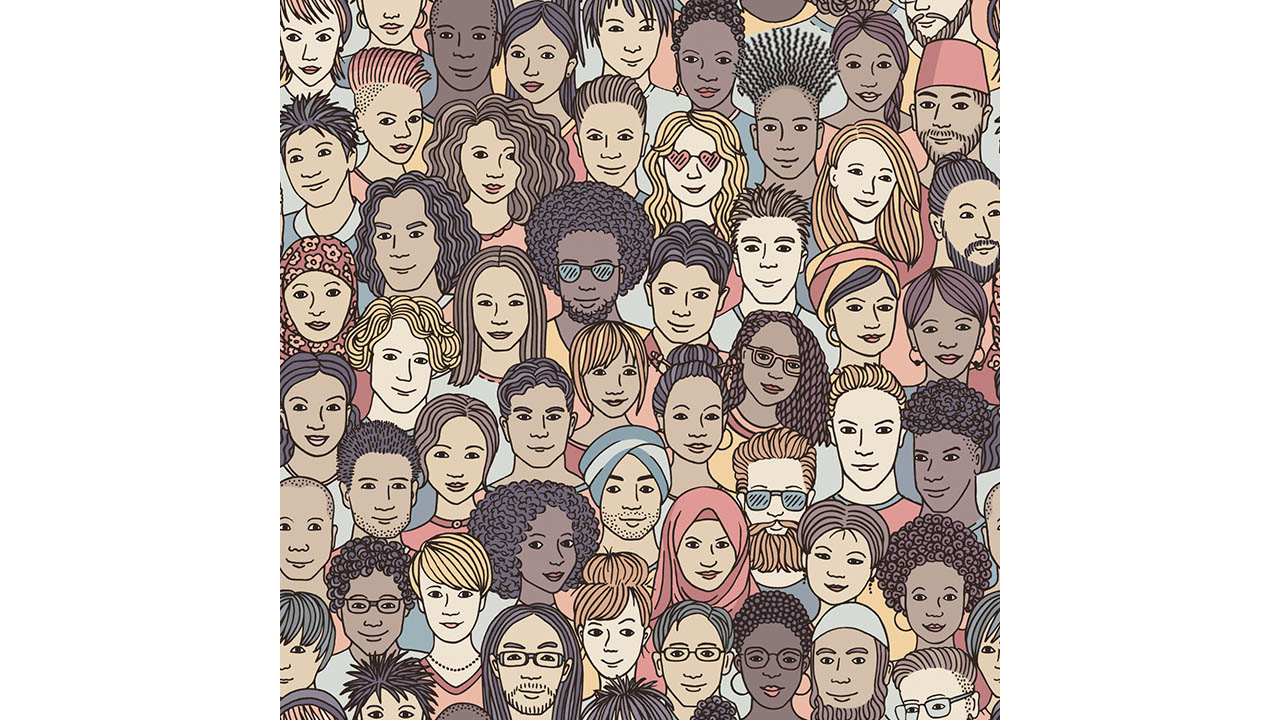Is Canada's multicultural mosaic in jeopardy?
 CREDIT: ISTOCK (CHUYN)
CREDIT: ISTOCK (CHUYN)Opinion: Canadian identity is influenced by many, many different cultures and traditions.
A growing debate exists about the identity of new Canadians and whether the country should continue to identify as a multicultural mosaic, or adopt an approach like the Americans and begin a new age of cultural assimilation.
While their definitions relay relatively different ideologies, one may determine that they are not very dissimilar. There are many mitigating factors that can inflame and influence immigration sentiments, such as the original motivations of the settlers to the U.S. and Canadian shorelines.
The histories of both countries have influenced their approach regarding immigration practices. In American history, the escape from religious persecution, a failing economy and the rise in poverty in their homelands, coupled with the desire to create and build something new abroad differs from the Canadian historical experience. A new, collective identity was sought out by these earlier American settlers in an effort to break away from a previously constricting motherland.
The occupation of European settlers on Canadian shores was motivated by the burgeoning fur trade and, one could conclude that, their diplomatic approach and hopeful intentions of building good business relationships with the Indigenous people was a big contributor to the eventual movement towards a mosaic philosophy. In either case, both philosophies have their positive and negative impacts.
Have you ever pretended that something was something other than what it was? On one hand, that is what assimilation asks of its citizens. It asks its citizenship to accept foreigners by pretending there is no difference that exists there at all. What it asks of individuals looking for citizenship is to abdicate their cultural practices and customs in lieu of an opportunity to become a part of a larger group.
The altruistic view of this concept is that assimilation is like the student assigned to show the new kid around school, with hopes that it generates an easier transition for the newly arrived. It offers a sense of support for eager candidates and the promise of a new start. The pessimistic view is one that highlights the audacity of world governments that adopt this policy.
In an implicit way, assimilation requires people to deny facets of themselves. Cultural practices are still conducted, although, not without their fair share of scrutiny when done in the public eye. Newcomers to any country can find solace in the company of other individuals from similar backgrounds, although the external picture it can convey can sometimes be construed as threatening to those without actual knowledge of the things they cast judgement on.
The fear, scrutiny and ostracism that some immigrants anticipate upon their arrival is perpetuated further with the belief that if one does not assimilate then they will never truly be accepted by their new country and people. Assimilation plays on the fears of people and presents a solution without really tackling the problem; the absence of awareness and reliance on biases from the public.
To the ones asked to assimilate, it asks them to forfeit their identity for a shiny new one. Just ask any Indigenous person that has ever been directly or indirectly affected by the disenfranchisement of their people.
The mosaic. A picture that incorporates a patchwork of complimentary, yet different images and symbolisms. The concept is presented as providing greater diversity, inclusion and acceptance throughout the nation.
While a mosaic looks to preserve the cultural traditions and, if conducive to our way of life, practices of its new citizens it doesn’t necessarily look to embed those ways of life into the doctrines, politics or philosophies of Canadian culture. Acceptance is promoted, not absolute inclusion.
This position could appear wishy washy to anyone deciphering the ideology of a mosaic, however, it could also be viewed that while the country wants to recognize and encourage diversity it also wants to maintain the country’s own cultural customs and individuality.
Another potential issue is that of the national identity. Some may argue that the mosaic model leaves Canada without an actual identity. On one hand, that sounds like malarkey. Canada’s identity across the globe has always been one of the peacekeeper, positive and friendly.
These are a few of a myriad of contradicting impressions we Canadians have left upon the world, but the point is that Canadians are typically well received and identified as being of ‘good stock.’ On the other hand, maybe the opposition has a point.
Canada may not have a traditional identity that is recognized aesthetically like the identity of many other nations across the planet. In the Canadian model, an onlooker would need to dig a little deeper to accurately find us out. Even then, with the smorgasbord of ethnicities that Canada is comprised of, the many cultural practices, foreign tongues, timbre, pitch and broken elocution, people may still not be able to easily identify who is Canadian and whom isn’t.
Canada is not one thing. It is not a secular group of people, but rather an acquisition of peoples, all of whom wear the faces of many nations, but also project the heart and soul of what Canada is. That is the Canadian mosaic.
Editorial opinions or comments expressed in this online edition of Interrobang newspaper reflect the views of the writer and are not those of the Interrobang or the Fanshawe Student Union. The Interrobang is published weekly by the Fanshawe Student Union at 1001 Fanshawe College Blvd., P.O. Box 7005, London, Ontario, N5Y 5R6 and distributed through the Fanshawe College community. Letters to the editor are welcome. All letters are subject to editing and should be emailed. All letters must be accompanied by contact information. Letters can also be submitted online by clicking here.















